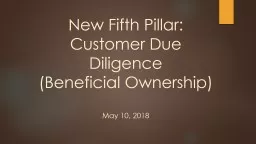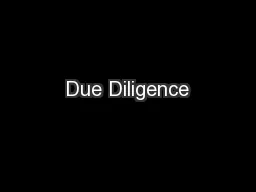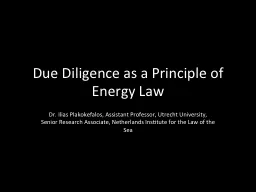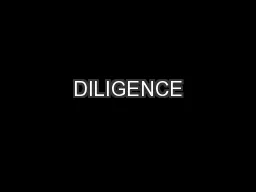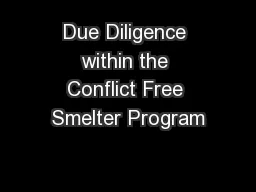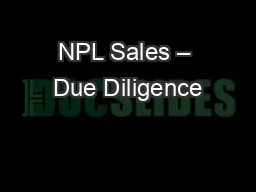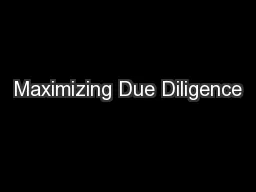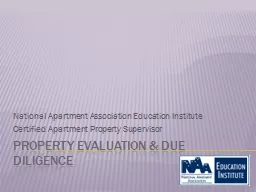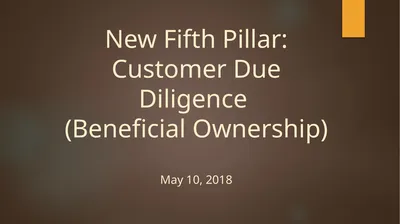PPT-New Fifth Pillar: Customer Due Diligence
Author : lois-ondreau | Published Date : 2020-04-07
Beneficial Ownership May 10 2018 I History Purpose and Overview 2 Designate Chief EFCC Executive Internal Controls Training amp Awareness Independent Testing Customer
Presentation Embed Code
Download Presentation
Download Presentation The PPT/PDF document " New Fifth Pillar: Customer Due Diligenc..." is the property of its rightful owner. Permission is granted to download and print the materials on this website for personal, non-commercial use only, and to display it on your personal computer provided you do not modify the materials and that you retain all copyright notices contained in the materials. By downloading content from our website, you accept the terms of this agreement.
New Fifth Pillar: Customer Due Diligence : Transcript
Download Rules Of Document
" New Fifth Pillar: Customer Due Diligence "The content belongs to its owner. You may download and print it for personal use, without modification, and keep all copyright notices. By downloading, you agree to these terms.
Related Documents

